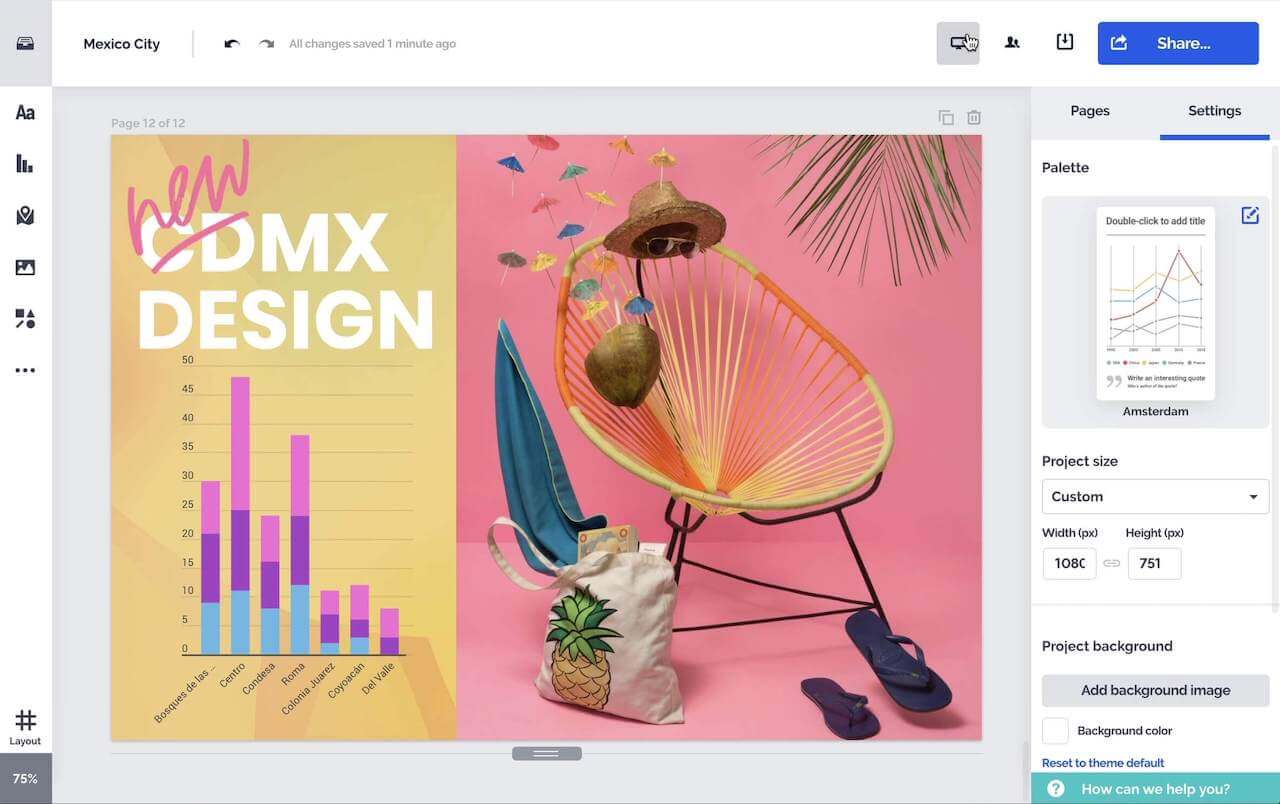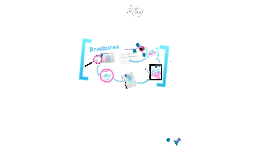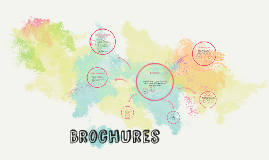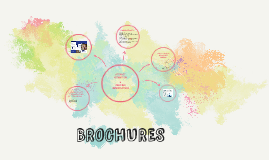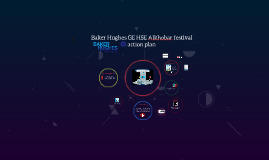Brochures
Transcript: Designing Effective Brochures Layout and Structure Graphic Design Elements A well-organized layout ensures clear communication. Key components include a grid system for alignment, the strategic use of white space, and a hierarchy that directs readers' attention through the content. Visual elements such as images, icons, and illustrations are crucial in conveying messages quickly. Graphics should align with the brand identity and enhance the overall message without overwhelming the text. Call-to-Action Strategies Color Schemes and Typography Effective brochures incorporate clear calls-to-action that prompt reader engagement. Placement, wording, and visibility of these prompts significantly impact the likelihood of reader response. Color schemes evoke emotions and influence perceptions. Typography choices affect readability; selected fonts should align with the brand’s voice and ensure legibility across different formats. Print Quality Considerations High print quality is essential for professional brochures. Factors like paper type, finish, and printing technology can enhance visual appeal and ensure longevity, adding to the brochure's effectiveness. Introduction to Brochures Definition of Brochures A brochure is a printed piece of marketing material that communicates information about a product, service, or organization, often folded into a certain format. They can be single-sheet flyers or multi-page booklets, designed to attract and inform potential customers. Key Features Effective brochures typically include eye-catching visuals, concise text, and clear calls-to-action. They should highlight essential information, ensuring that the audience can quickly understand the message the brand aims to convey. Importance in Marketing Brochures are critical for direct communication with customers, providing a tangible medium where brands can distinctively showcase their identity. They enhance visibility and credibility while strengthening the overall marketing strategy, leading to increased customer engagement. Target Audience A targeted approach in brochure design is crucial as it directly influences the content and presentation style. Understanding the specific demographics, preferences, and concerns of the audience allows for more effective communication and engagement. Types of Brochures Common types of brochures include single-fold, tri-fold, z-fold, and booklet styles, each serving different purposes and audiences. The choice of style can affect presentation and distribution methods, aligning with specific marketing objectives. Brochures Effective Marketing Tools for Businesses Distribution Strategies Case Studies and Examples Identifying Distribution Channels Lessons Learned Successful Brochure Campaigns Key insights include the importance of clear messaging, engaging design, and understanding the target audience. Campaigns that emphasized storytelling significantly improved customer engagement. The "Staycation" brochure by XYZ Travel increased local bookings by 30% within three months, utilizing eye-catching visuals and clear messaging targeting nearby travelers. Partnerships and Collaborations Choosing the right distribution channels is vital for brochure effectiveness. Channels can include direct mailing, in-store displays, trade shows, and online platforms that align with the target audience's behavior. Comparison of Strategies Collaborating with other businesses can expand distribution networks. Joint marketing efforts enable sharing of brochures, bringing products to new audiences while leveraging brand trust. Digital vs. Print Distribution Industry-Specific Examples Comparative analysis reveals that digital brochures yielded a 40% higher engagement rate than traditional print. However, print remains vital in direct marketing contexts. Healthcare brochures emphasizing patient education have led to a 25% increase in appointment bookings. Targeted messaging proved effective for specific demographics, such as seniors. Digital distribution allows for faster reach and interactive content, while print distribution offers tactile engagement. Both methods can be used strategically based on audience preferences and campaign goals. Measuring Effectiveness Future Trends in Brochure Marketing Evaluating the success of brochure distribution is essential. Metrics such as response rates, increased sales, and audience feedback provide insights for optimizing future campaigns. Event Marketing Emerging trends include interactive brochures that incorporate QR codes, enhancing user experience. Sustainability in materials is also becoming a priority for eco-conscious consumers. Utilizing brochures in event marketing amplifies brand presence. Events like trade shows and community fairs provide opportunities for face-to-face engagement, allowing distribution to a captive audience.





